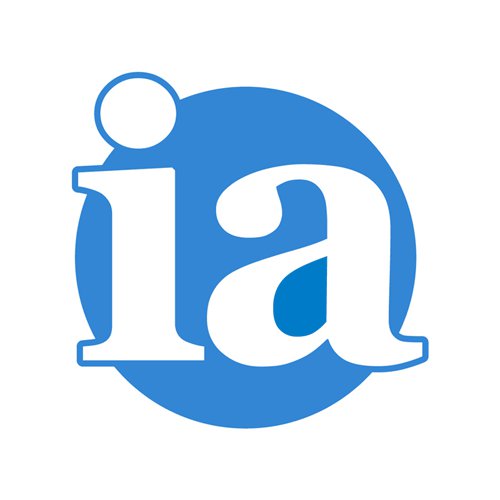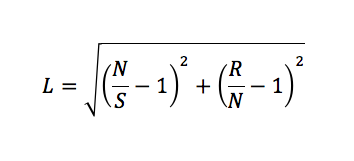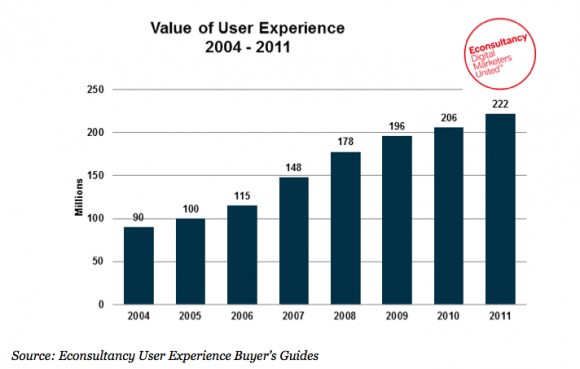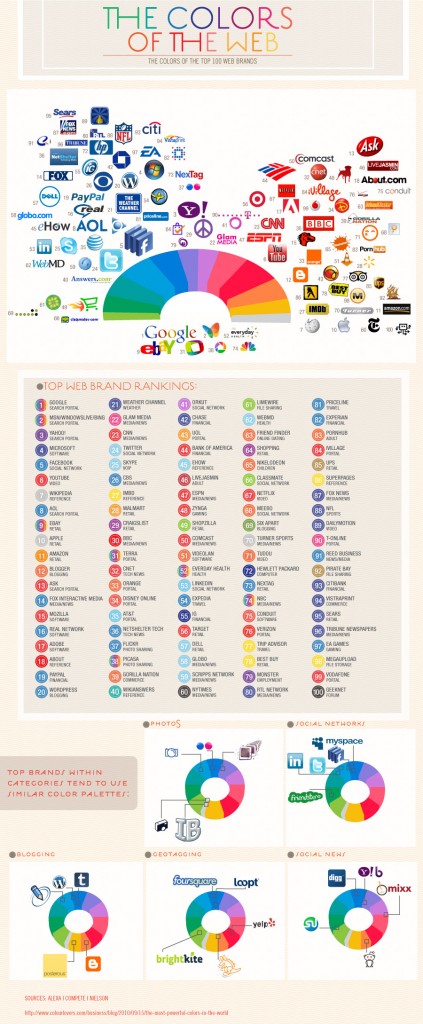Dziesiąte spotkanie UX Bookclub Warszawa
 Pojawiła się informacja o miejscu najbliższego spotkania, które odbędzie 9 marca 2011 r. Spotkanie odbędzie w biurowcu Klif, przy ul. Okopowej 58/72, INFOR PL S.A, 3 piętro.
Pojawiła się informacja o miejscu najbliższego spotkania, które odbędzie 9 marca 2011 r. Spotkanie odbędzie w biurowcu Klif, przy ul. Okopowej 58/72, INFOR PL S.A, 3 piętro.
Dla przypomnienia: na spotkaniu będzie omawiana książka: Paper prototyping, w trakcie spotkania odbędą się warsztaty.
Szczegółowe informacje o spotkaniu
Drugi Polski Zjazd Architektów Informacji

7-8 kwietnia w Warszawie odbędzie się Drugi Polski Znazd Architektów Informacji, nazywany też Polish IA Summit. Dosłownie wczoraj pojawiła się oficjalna agenda spotkania, z którą warto się zapoznać.
Do 25 marca uczestnictwo w konferencji kosztuje 750 pln, a po tej dacie 850 pln.
Drugi UXcamp Europe
Organizatorzy spotkania UXcamp Europe – swoistej UX-owej Auli – mającego miejsce już po raz drugi rozesłali informację o terminie eventu. W tym roku, spotkanie odbędzie się w Berlinie 11 i 12 czerwca.
Rezerwacja biletów rozpocznie się 10 marca 2011.









Recent Comments